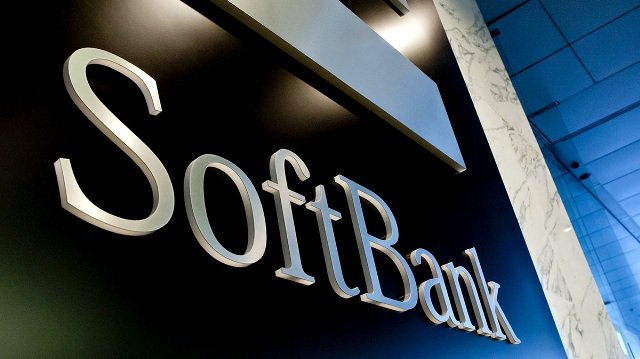SoftBank announced its 6G concept, as well as the challenges that need to be overcome to make the concept a reality.

“6G is playing a key role in SoftBank’s digital platform strategy, and it will support a variety of businesses as a common basic infrastructure, help AI technologies to blossom through the creation of “digital twins,” and make it possible to realize fully customizable communications networks and computer resources,” Ryuji Wakikawa, SoftBank Corp. Vice President and Head of the Advanced Technology Division, said.
6G challenges
1) SLA vs. “best-effort”
SoftBank will accommodate complete end-to-end communication for customers with appropriate Service Level Agreements (SLA) in its network by leveraging Mobile Edge Computing (MEC) and network slicing.
(2) API-driven network customization
SoftBank will provide more convenient services for customers by incorporating RESTful (Representational State Transfer) application programming interfaces (APIs) to customize and configure its network for customer needs.
(3) AI networks
SoftBank has been conducting technological verifications of virtual base stations equipped with GPUs since 2019. SoftBank’s network will be adjusted to network traffic patterns, customer behavior and network demands automatically by AI.
(4) 100% coverage
6G networks will require the elimination of dead spots where people live and total coverage around the globe. SoftBank aims to solve these challenges by offering Non-Terrestrial Network (NTN) solutions that utilize HAPS and Low Earth Orbit (LEO) and Geosynchronous Earth Orbiting (GEO) satellites.
(5) Area expansion by HAPS
HAPSMobile, a subsidiary of SoftBank, has been developing stratospheric telecom platform systems since 2017. In 2020, the company demonstrated a stratospheric flight and long-term evolution (LTE) communications from the stratosphere in New Mexico, USA. “Sunglider,” an unmanned aircraft system equipped with solar panels, was used as the stratospheric communications platform for the test. The test proved the feasibility of SoftBank’s High Altitude Platform Station (HAPS) technology.
(6) Beyond millimeter-wave: terahertz and optical communication
For 6G, the terahertz range, frequencies higher than millimeter-wave, such as terahertz and optical range, will be exploited to construct networks that operate at ten times the speed of their 5G counterparts. Frequencies ranging from 100GHz to 10THz are generally regarded as being in the terahertz range.
World Radiocommunication Conference 2019 (WRC-19) set aside a total of 137GHz for telecom use among frequencies above 275GHz that had never been allocated previously. By exploiting this vast range of frequencies for mobile communications, SoftBank’s aim is to achieve even-faster speeds and ever-larger volume communications.
(7) Sensing and positioning
SoftBank will look to offer communication, sensing and tracking services with its base stations.
(8) Charging / Power supply
6G will drastically change ways of charging batteries and daily charging routines. To realize that future, SoftBank’s R&D efforts will focus on wireless charging/power-supply technologies for battery-powered devices such as IoT sensors, smart meters, audio headset, mouse and keyboards.
(9) Maximum frequency utilization and efficiency
Until now, frequencies have been allocated based on the purposes of the applications that each service provider used them exclusively. However, by applying Internet protocol (IP) technologies to wireless zones, multiple providers should be able to share bandwidths available at certain times and in certain places. Multiplexing technologies, including massive multiple input/multiple output (MIMO) and dynamic spectrum sharing (DSS), are already established. By further advancing these technologies and others, our aim is to utilize frequencies more effectively.
(10) Network security
Quantum computers may enter practical use by 2030. When this happens, it will become possible to decipher the RSA codes currently used for Internet encryption, which could make networks vulnerable to communication content theft. SoftBank is working on the technological verification of various systems, such as post-quantum cryptography (PQC) and quantum key distribution (QKD). By advancing these technologies, our aim is to build ultra-safe networks.
(11) Resilience, Redundancy, Recovery
SoftBank is reviewing traditional network architectures and working to build fault-resistant networks. At the same time SoftBank is developing technologies that will enable networks to maintain services during anytime a failure occurs.
(12) Carbon-free and Net-zero
SoftBank is aiming to achieve carbon-neutral operation of base stations. At present, laws require the installation of batteries for emergency power supply at base stations to sustain network services at the time of a disaster. SoftBank is carrying out R&D to realize carbon-free base stations.
